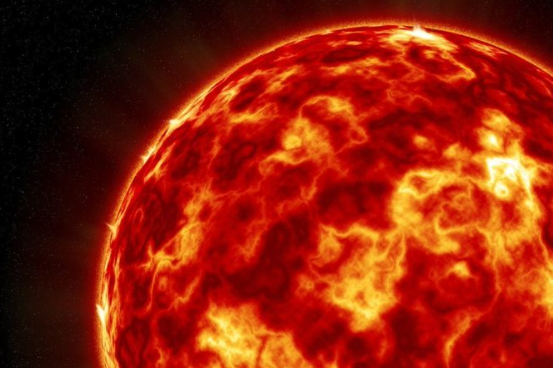“Aurora borealis: nature’s grandest light show, painting the night with ethereal hues that defy the imagination.” — Neil deGrasse Tyson
“To witness the Northern Lights is to be humbled by the sheer wonder of our planet and the cosmic forces that shape our world.” — Brian Cox
A significant solar storm struck Earth on Monday, promising an unusual display of the northern lights across more southerly latitudes than typically observed, according to the US National Oceanic and Atmospheric Administration (NOAA). Here are the key details from the event:
Earth Struck by ‘Severe’ Solar Storm
A powerful solar storm has hit Earth, causing disruptions in communication systems and power grids in some regions. The storm, resulting from a massive ejection of solar particles from the sun, has also created stunning auroras visible in… pic.twitter.com/pQhsIiDFKc
— 𝕏 (@AlertChannel) August 12, 2024
- The storm reached a level-four intensity, which is considered severe on the five-point geomagnetic storm scale, as recorded from 1500 GMT on Monday.
- NOAA predicts that the storm’s effects might last for several hours, though they do not anticipate an increase in intensity beyond the current level.
- The geomagnetic disturbances caused by this solar storm could allow the northern lights to be visible as far south as Alabama and northern California, offering a rare spectacle for residents of these regions.
- The cause of this solar event is coronal mass ejections (CMEs) from the sun, which disrupt Earth’s magnetic field when they collide with our planet. This interaction can lead to stunning auroral displays.
- Observers, like Eric Lagadec, an astrophysicist at the Cote d’Azur Observatory in France, noted the potential for visible auroras if the storm continues into the nighttime hours.
Earth hit by ‘severe’ solar storm: Washington (AFP) –
The Earth was hit Monday by an intense solar storm that could bring the northern lights to night skies further south than normal, a US agency announced.
Conditions of a level-four geomagnetic storm… https://t.co/NBv2Y84Syu pic.twitter.com/f4aWvuOFsI
— zeta panama (@zetacompa) August 13, 2024
Additionally, while the aurora borealis provides a breathtaking visual experience, the storm carries potential hazards. It can affect high-frequency communications, disrupt satellite operations, and place extra strain on power grids. NOAA has alerted operators of sensitive infrastructure to take preventive measures against these impacts.
EARTH HIT BY INTENSE SOLAR STORM, NORTHERN LIGHTS COULD BE VISIBLE FURTHER SOUTH
An intense solar storm struck Earth on Monday, reaching level four on a five-point scale, according to NOAA. pic.twitter.com/G5ideCqt4S
— PLANET NEWS MONITOR (@planet_monitor1) August 12, 2024
In May, a similarly powerful geomagnetic storm created auroras that were visible at much lower latitudes across the US, Europe, and Australia, marking the most intense storm of its kind in 20 years. This frequency and intensity of geomagnetic storms are linked to the sun nearing the peak of its 11-year activity cycle, suggesting that more such events could be expected.
Quotes
- “In the Northern Lights, the sky becomes a canvas, painted with the vibrant strokes of the aurora’s invisible hand.”— Carl Sagan
- “The aurora borealis is the closest thing to a tangible miracle, a reminder that the universe holds more beauty than we can ever comprehend.”— Anonymous
- “The Northern Lights are the universe’s way of showing us that even in the darkest of nights, there is a light that can never be extinguished.”— Anonymous
- “Watching the Northern Lights is like witnessing the Earth’s soul come alive, a moment where time stops, and the sky dances with magic.”— Anonymous
Major Points:
- An intense level-four geomagnetic storm struck Earth on Monday, as reported by NOAA, with effects expected to last several hours.
- The solar storm has the potential to make the northern lights visible in unusual southern locations such as Alabama and northern California.
- This geomagnetic event is caused by coronal mass ejections (CMEs) from the sun, which disrupt Earth’s magnetic field.
- Observers like Eric Lagadec suggest there may be a visible display of auroras if the conditions persist into the nighttime.
- The storm can negatively impact high-frequency communications, satellite operations, and electrical grids, prompting NOAA to advise precautions.
TL Holcomb – Reprinted with permission of Whatfinger News



